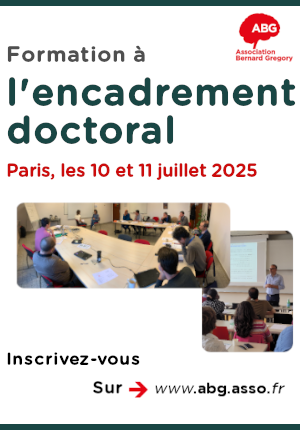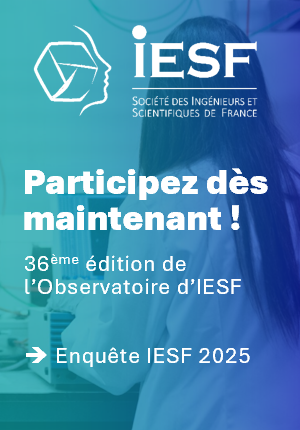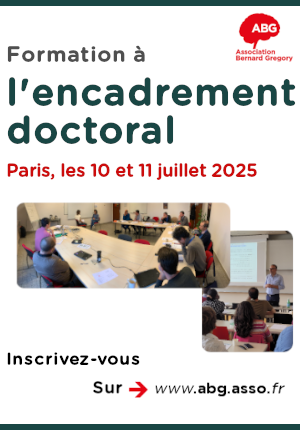Signal and attack detection infrastructure based on heterogeneous devices in wireless networks
| ABG-131148 | Thesis topic | |
| 2025-04-17 | Public funding alone (i.e. government, region, European, international organization research grant) |
- Telecommunications
- Computer science
Topic description
The subject of this thesis is part of the context of (cyber)criminal activity detection and countermeasures by developing a surveillance infrastructure for target areas. This infrastructure consists of heterogeneous nodes, where the deployment of reprogrammable connected objects is envisaged, as well as thin and flexible planar antennas made of conductive nanomaterials. Furthermore, the nodes can intercept and counter specific target signals, minimizing the impact on other neighboring nodes, which communicate on the same frequencies. The reason why connected objects are considered heterogeneous is related to the fact that in a hyperconnected world, we may be in the presence of numerous devices communicating and emitting electromagnetic waves at overlapping frequencies. On the one hand, we hope to be able to consider specifically designed antennas that can blend into the environment to exploit data captured in the environment, which may come from people (i.e., "passive" interactions with the antennas) or from connected objects, which emit signals that are captured by the antennas. On the other hand, we also hope to use reprogrammable connected objects that can coexist and interact with the "thin" antennas.
Different scenarios will be considered, distinguishing the passive case where there are emissions in a certain area, but there are no connected objects communicating.
Another scenario is based on the presence of connected objects that emit signals that will be intercepted and analyzed. The environments can be indoor or outdoor, characterized by significantly different interactions and phenomena regarding the signals [bel24][alla-wisec24]. In a scenario without connected objects, the goal will be to leverage the surveillance infrastructure to detect the presence of signals.
In a scenario with connected objects, we envision collecting raw data/signals/I/Q, processing them, and analyzing them. In both cases, we will develop learning approaches to characterize the environment. For transmitting devices, the goal is to identify: -) the communication technology (i.e., 3G/4G/5G, Bluetooth, WiFi), -) identify the frequencies in which the target devices are transmitting, -) perform real-time demodulation, -) identify the devices, -) locate the devices, and -) intercept the signals from the target devices.
[alla-acsac24] Ildi Alla, Selma Yahia, Valeria Loscri, Hossien Eldeeb. Robust Device Authentication in Multi-Node Networks: ML-Assisted Hybrid PLA Exploiting Hardware Impairments. Annual Computer SecurityApplications Conference (ACSAC), Dec 2024, Waikiki, Hawaii, USA, United States. hal-0472749
[alla-wisec24] Ildi Alla, Hervé B. Olou, Valeria Loscri, and Marco Levorato. 2024. From Sound to Sight: Audio-Visual Fusion and Deep Learning for Drone Detection. In Proceedings of the 17th ACM Conference on Security and Privacy in Wireless and Mobile Networks (WiSec '24). Association for Computing Machinery, New York, NY, USA, 123–133. https://doi.org/10.1145/3643833.3656133
[bel24] M. Belhor, A. Savard, A. Fleury, P. Sondi and V. Loscri, "Enhanced RF-based 3D UAV Outdoor Geolocation: from Trilateration to Machine Learning Approaches," 2024 IEEE 27th International Symposium on Real-Time Distributed Computing (ISORC), Tunis, Tunisia, 2024, pp. 1-8, doi: 10.1109/ISORC61049.2024.10551331.
Starting date
Funding category
Funding further details
Presentation of host institution and host laboratory
The Inria Lille-Nord Europe Centre, created in 2008, is based on two sites: one on the University of Lille campus at La Haute-Borne and one in the midst of the EuraTechnologies entrepreneurial ecosystem. The Inria centre has 15 project teams. Its activities occupy over 360 people, scientists and research and innovation support staff, including 38 different nationalities. The scientific priority areas are Data science, Software engineering and Cyber-physical systems.
The centre is a founding member and actively participates in the ULNE I-Site to define a new target university establishment. Its project teams are operated jointly with these academic partners: University of Lille, the Free University of Brussels, École Centrale de Lille and the CNRS. In addition, there are two laboratories which are particularly involved in joint project teams with the Inria Lille-Nord Europe Research Centre: the CRIStAL and the Paul Painlevé laboratories. The centre has been heavily involved in the development of the research and innovation strategies of both the regional authority and the Métropole Européenne de Lille. It is in charge of coordinating the State-Region Data plan and is leading research on the Internet of Things, data knowledge and intelligence and high performance computing (HPC).
On the technology transfer and startup front, it works closely with EuraTechnologies, Europe's largest incubator in the digital sector, acquiring a building on the site in 2018, where it has installed some of its research activities and its Interface demonstrator space, and the transfer actions carried out within the framework of Hauts-de-France region funding.
PhD title
Country where you obtained your PhD
Institution awarding doctoral degree
Graduate school
Candidate's profile
Skills - Excellent background in signal processing • Very good programming skills in C/C++/Python, Experience using Linux systems • Ability to implement code on real devices • The willingness to contribute to interdisciplinary scientific project • In-depth interest in scientific problems and the motivation for independent and goal-oriented research Required qualities • Sense of organization, autonomy, rigor • Teamwork taste • Listening and communicating with non-technical contacts; • Know write notes / reports • Good knowledge of English Required Diploma and experience : One among the following master or engineer degree is expected: Electrical, Electronic Engineer, Telecommunication Engineer, Computer Science, Informatics, or a related discipline.
Vous avez déjà un compte ?
Nouvel utilisateur ?
Get ABG’s monthly newsletters including news, job offers, grants & fellowships and a selection of relevant events…
Discover our members
 SUEZ
SUEZ  ONERA - The French Aerospace Lab
ONERA - The French Aerospace Lab  Aérocentre, Pôle d'excellence régional
Aérocentre, Pôle d'excellence régional  Groupe AFNOR - Association française de normalisation
Groupe AFNOR - Association française de normalisation  Tecknowmetrix
Tecknowmetrix  MabDesign
MabDesign  Généthon
Généthon  CESI
CESI  Laboratoire National de Métrologie et d'Essais - LNE
Laboratoire National de Métrologie et d'Essais - LNE 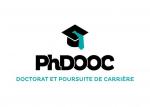 PhDOOC
PhDOOC  CASDEN
CASDEN 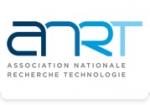 ANRT
ANRT  TotalEnergies
TotalEnergies  Nokia Bell Labs France
Nokia Bell Labs France  ASNR - Autorité de sûreté nucléaire et de radioprotection - Siège
ASNR - Autorité de sûreté nucléaire et de radioprotection - Siège  Institut Sup'biotech de Paris
Institut Sup'biotech de Paris  MabDesign
MabDesign  Ifremer
Ifremer 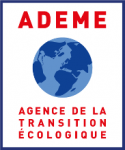 ADEME
ADEME

